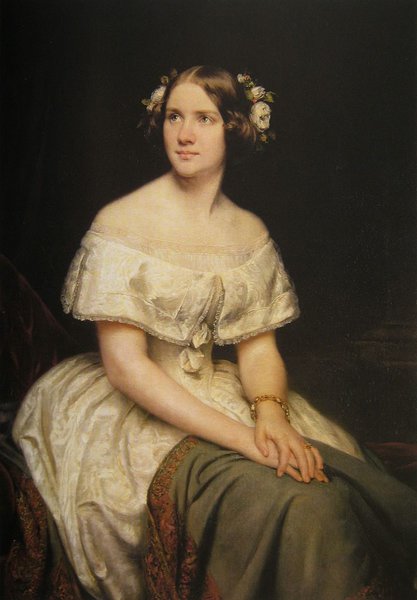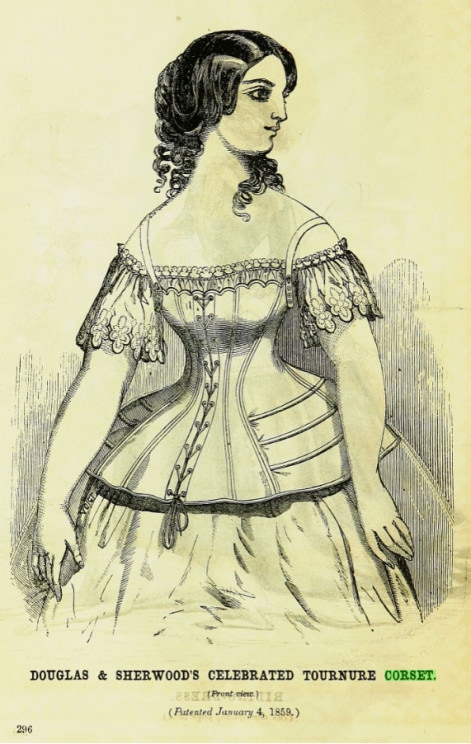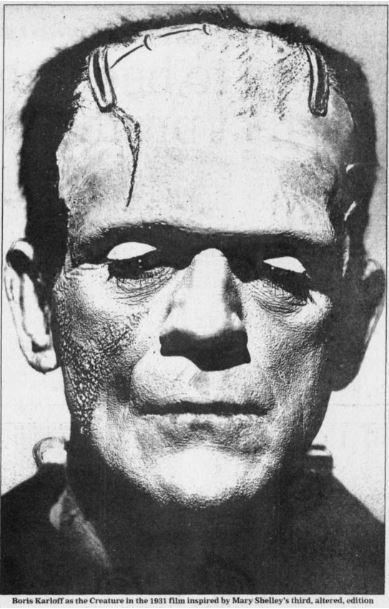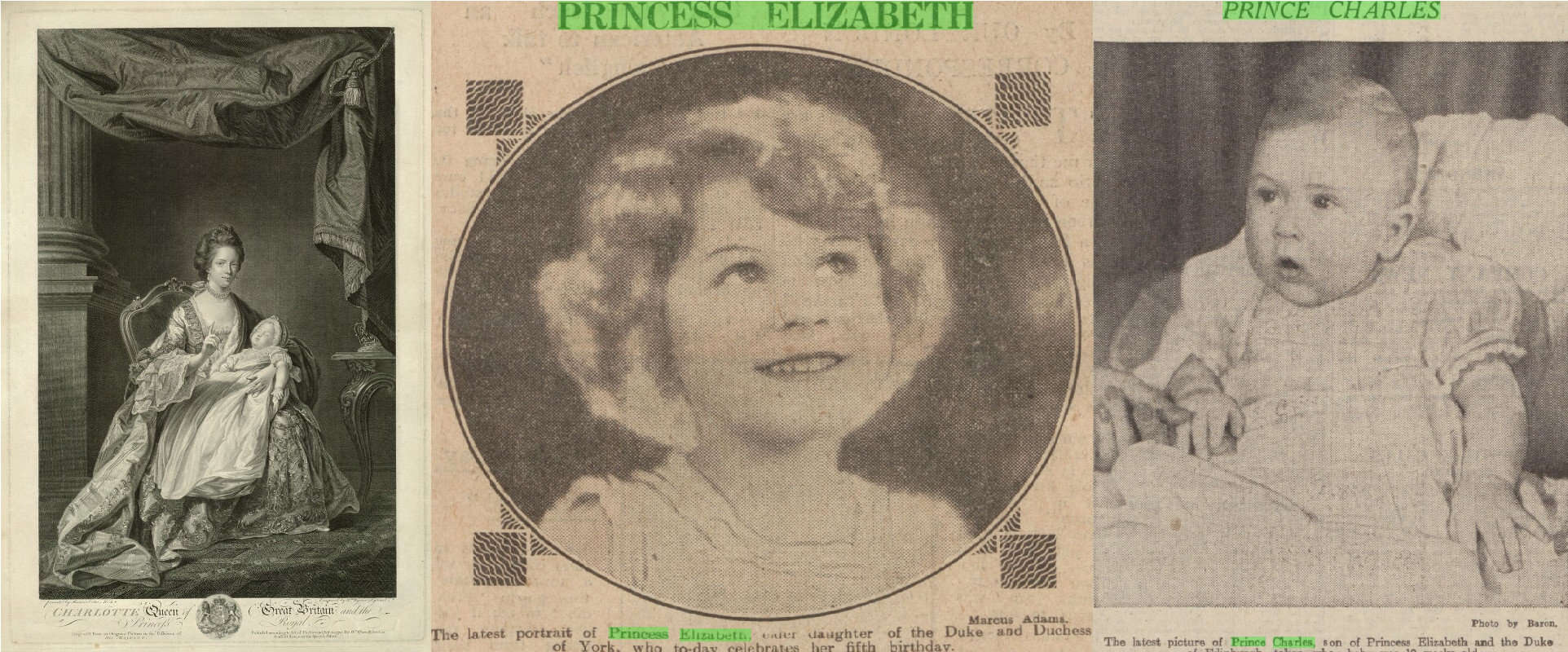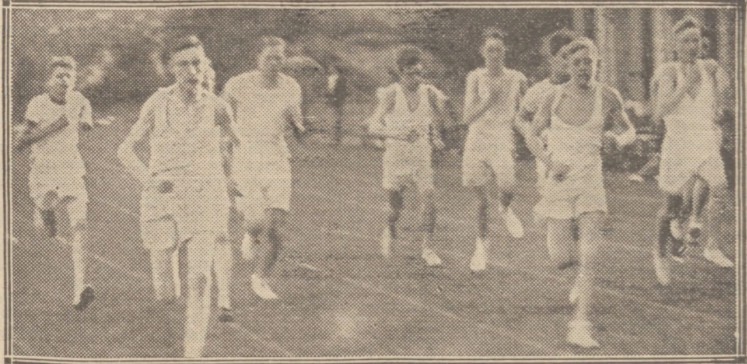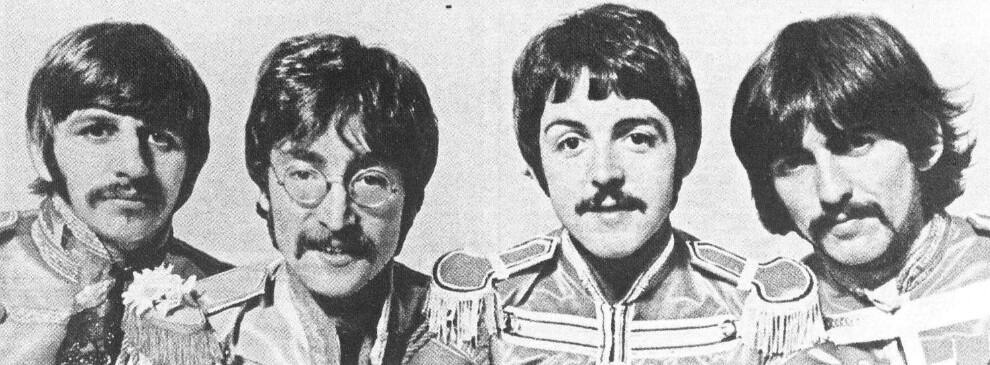| By Pauli Kettunen, Gale Ambassador at the University of Helsinki |
Whilst it is undoubtedly quality entertainment, the 2017 Hollywood film The Greatest Showman should not be taken as an accurate history lesson… However, among all the drama, singing and dancing, it does portray some facts; P.T. Barnum did start small and end up as a household name; he did bring ‘The Swedish Nightingale’ to the United States and make her tour a success like never before. Indeed, the concert tour amassed him a sizeable fortune, and the humble Scandinavian singer donated her own share – which was by no means small – to charities of her choice.

